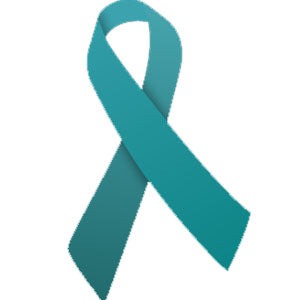June is PTSD Awareness Month - Golden Openings


Each month, many causes are brought to the forefront to help raise awareness.
The month of June has many prominent causes, but this year we'd like to focus on one.
PTSD - Post Traumatic Stress Disorder.
In 2010, the United States Congress named June 27th PTSD Awareness Day. The United States Senate designated the whole month of June as National PTSD Awareness month in 2014, expanding the support for the disorder.
PTSD can be developed after a person experiences a potentially life-threatening event. These events can include military combat, natural disasters, sexual assault, a car accident, and much more.
Traumatic events will leave most people with painful memories, and that pain of those events will usually fade over time. But for people with PTSD weeks, months, even years don't change the thoughts or feelings.
Post Traumatic Stress Disorder usually starts immediately or soon after the shock of the horrific event occurs. However, the effects could not appear for months or years later and could come and go throughout the affected person's life.
Experts believe there are 4 separate symptoms of PTSD. A person with the disorder may experience all, one, or none of these symptom clusters, as not everyone has the same experience.
1. Re-experiencing or reliving the traumatic event includes these symptoms:
Frequently having upsetting thoughts, nightmares, or memories of the traumatic event
Vivid flashbacks or reliving the traumatic event
Having strong feelings of distress when reminded of the traumatic event
Being physically responsive, such as experiencing a surge in your heart rate or sweating, when reminded of the traumatic event
2. Avoidance/Actively avoiding people, places, or situations that remind you of the traumatic event includes these symptoms:
Making an effort to avoid reliving the traumatic event through thoughts or conversation
Avoiding people or the place(s) that remind you of the traumatic event
Keeping busy to avoid thinking about the traumatic event
3. Hyperarousal includes these symptoms:
Having trouble falling or staying asleep
Feeling more irritable or having outbursts of anger
Having difficulty concentrating
Feeling constantly on guard or like danger is lurking around every corner
Being jumpy or easily startled
4. Negative thoughts and beliefs include these symptoms:
Having issues remembering important parts of the traumatic event
A loss of interest in important activities
Feeling distant from others
Difficult time feeling positive emotions, such as happiness or love
Feeling as though your life may be cut short
According to Heal My PTSD, 70% of adults in the U.S. have experienced a traumatic event. Of that 70%, 20% of these people go on to develop PTSD.
The purpose of PTSD Awareness Month is to encourage everyone to raise public awareness of PTSD and effective treatments.
To show your support, you can order a giant PTSD teal ribbon today and proudly display it at your home or business. Let those affected know they aren't alone in this battle.
If you think you or someone you love has PTSD, seek help from your family doctor, a mental health professional, or a close friend/family member






